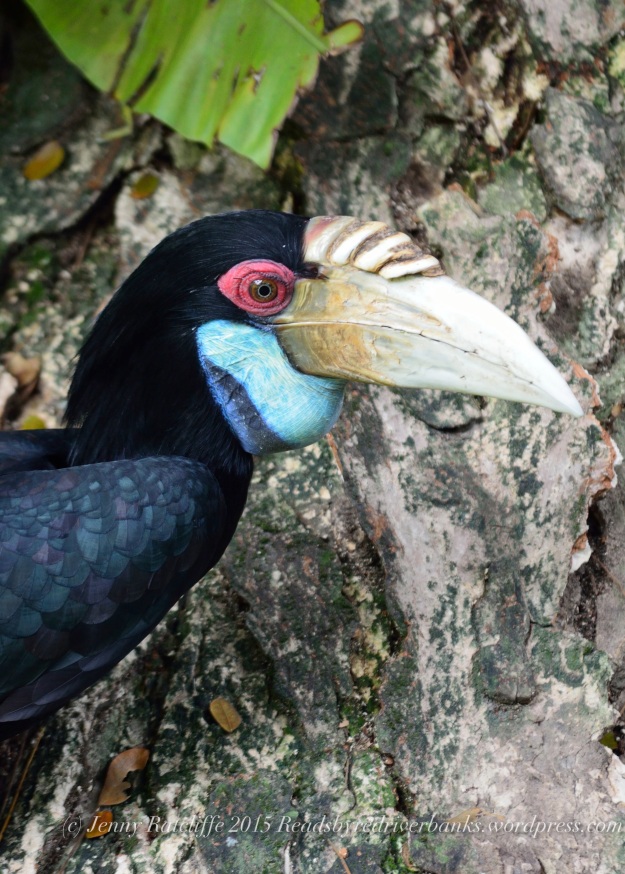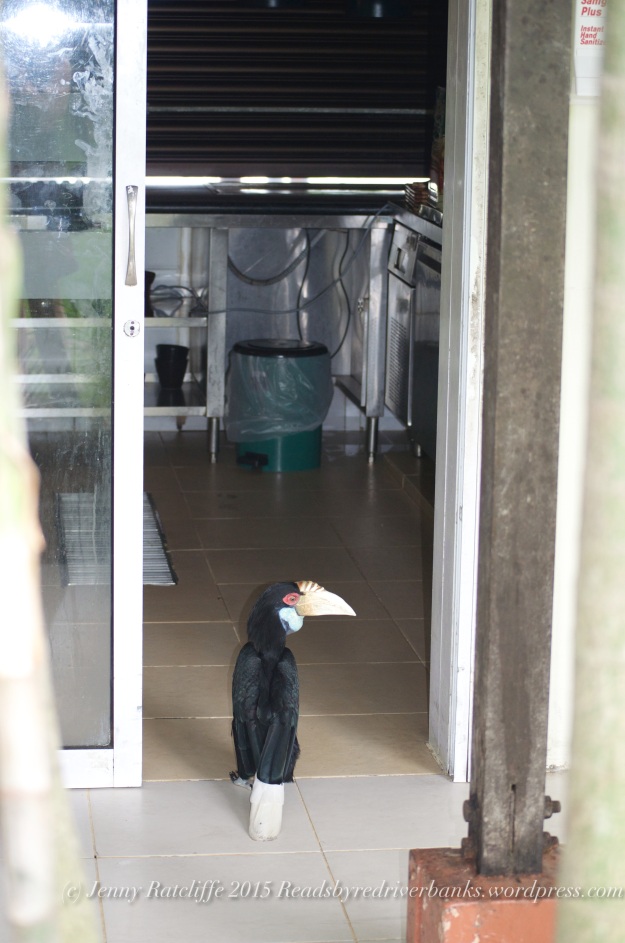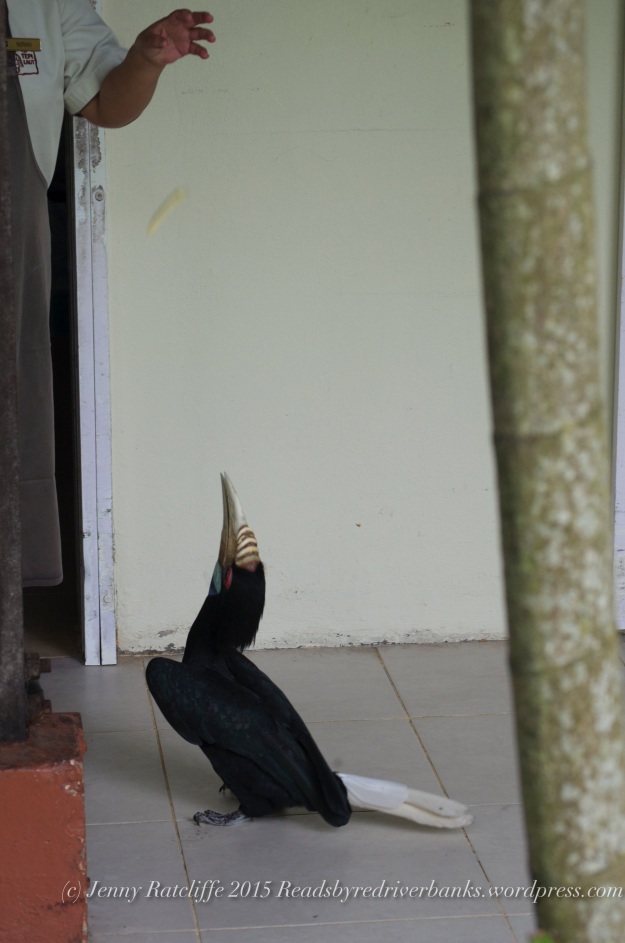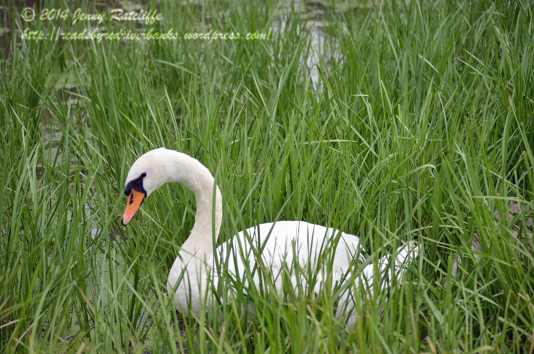The egrets have started returning to Brunei; back for their winter holidays and a little bit of sunshine. It always makes me feel so happy when they become part of our landscape again. I love witnessing their gradual arrival each year; that point when I realise with sudden pleasure that I am seeing them every time I head out of the door.
‘It’s an extraordinary feat. Three billion birds of some 3000 species – songbirds, waterbirds, raptors – migrate thousands of miles for summer breeding in Eurasia, then return to Africa for winter. they navigate by cues still not fully understood: the sun, the stars, landforms, scents, even Earth’s magnetic field.’
(Jonathan Franzen, ‘Last Song’ National Geographic – July 2013).
At first glance they appear so graceful, standing motionless in a pool of water, poised to catch their prey. But egrets are also so comical. Hopping about in a frenzy of flapping wings and gangly legs, chasing after the ride-on mower which has chopped up some tasty morsels of frog for them. Or their laboured efforts to take off and land, seemingly with no awareness at all of the line of traffic they are perilously close to ploughing into. I find it amazing that they can migrate and navigate their way across continents, and yet seem entirely unable to grasp the dangers of moving traffic.
Migrate (verb).
- seasonal movement of animals, birds or fish from one region or habitat to another for feeding or breeding.
Derivation: Latin migrātus (past participle of migrāre to move from place to place, change position or abode); perhaps akin to Greek ameibein to change. First Known Use: 1690-1700.
In Brunei you see a lot of egrets dead by the side of the road; their untimely demise caused by too frequent, unfortunate convergence of wildlife and humanity. I find that sad enough. But driving past yet another mangled mess of feathers this morning, and with my mind firmly on migration, I was reminded of a truly shocking piece I’d read in National Geographic magazine.
In an article published last July, entitled ‘Last Song‘, Jonathan Franzen wrote an article on the staggering scale of the massacre of migratory songbirds. It opened my eyes to hunting practices which – although not the only contributory factor – are significantly contributing to the rapid decline of bird populations across Europe and beyond. I had no idea of the devastating impact of the widespread and often illegal hunting and trading activity. Some other interesting, if depressing reading can be found here and here.
In an earlier era an American female journalist called Marjorie Kinnan Rawlings wrote about the appeal of bird hunting. She could be quite controversial in her approach to cooking and using local ingredients, as shown in the extract below from her article ‘I sing while I cook’, published in the 1930s in American Vogue:
‘I had simply missed too many ducks. I was in a fury of frustration. And all around me in the marsh-grass the red-winged blackbirds were cheeping and chirring by the hundreds. I slipped No. 10 shot in my double-barreled twenty gauge, and two shots dropped a dozenbirds. Pie for two.’
‘And what possessed you – pardon me – how did it occur to you that they might be edible?’
I stared at him.
‘Why, people have always eaten blackbird pie, haven’t they? Don’t you remember, “Four and twenty blackbirds baked in a pie?” ‘
‘But that was a nursery rhyme – .’
And it came to me then for the first time that I might indeed be serving something beyond the pale.
(Marjorie Kinnan Rawlings, ‘I sing while I cook’).
Kinnan Rawlings’ article is included in a fantastic collection of writing by female journalists, ‘Cupcakes and Kalashnikovs: 100 years of the best journalism by women’, edited by Eleanor Mills with Kira Cochrane.
Whilst I cannot comprehend the appeal of shooting wild birds (or, indeed, any wild animal) for fun or gastronomic indulgence, I did find that both pieces made me think about the reasons to hunt. In broken, war-torn countries where food and money are scarce, and poverty leads to desperation, I can see how some people may end up unable to reject songbird hunting as an option for putting food on the table. When your own survival has to come first and foremost.
But I was totally unprepared for the creeping, sickening sense of a widespread modern-day hunger for songbird hunting, regardless of wealth or need. I am just incredulous at the idea of well-paid, well-educated people living comfortable lives, doing this for fun. And yet, according to Jonathan Franzen’s article:
‘Italian hunters and poachers are the most notorious; for much of the year, the woods and wetlands of rural Italy crackle with gunfire and songbird traps. The food-loving French continue to eat ortolan buntings illegally…Cypriots harvest warblers on an industrial scale and consume them by the plateful, in defiance of the law.’
(Jonathan Franzen, ‘Last Song’ National Geographic – July 2013).
Running at different latitudes from Italy in the west, over to Croatia and finally over the skies of Iraq at the furthest eastern edge, there are killing ‘hotspots’. For songbirds and other migratory birds they effectively form a collective belt of devastation all across the Mediterranean migratory route. The visuals in Franzen’s article depict the danger hotspots, and the distribution of illegal trade, hunting, human consumption and farm protection risks. Looking at them, I was left wondering how any migratory birds manage to make it through at all.
Franzen’s article looks only at the impact on Mediterranean migratory routes. But I can’t help but wonder about migratory bird populations and migration routes elsewhere. I’m sure it is not a geographically isolated problem. Much as I might wish it was…

I may be on warmer shores now, but I am an English countryside girl through and through. Even as a child I used to wait eagerly for that first ‘cuckoo! cuckoo!’ in the Spring. I loved seeing our resident allotment robin, watching the goings on with curiosity from his vantage point on the shed, and giving out the occasional contented trill. Walking through the damp coolness of ancient woodland and listening to the variety of birdsong all around. Looking up expectantly at the skies as the seasons turn, waiting to see the squadrons of geese as they noisily migrate for their winter holidays.
Changing social conscience, environmental awareness raising and conservation in action is always difficult. All the more so when the problem crosses international borders, and economic and political pressures come into play. Still, surely our shared benefit and joy from songbirds and their migratory friends must make their long term preservation more important than their short term monetary, gastronomic or sporting value. A world without birdsong is too sad to contemplate and yet it is a possibility. For what? A paltry handful of coins, just the tiniest morsel of meat. The fleeting thrill of the hunt, the tiny dead bird left lifeless where they fell to earth. Surely we can do better than this.






